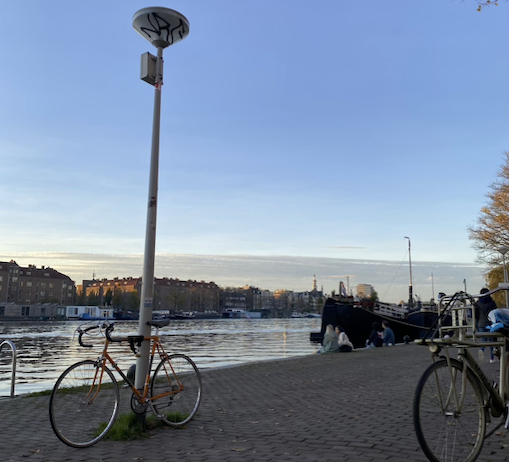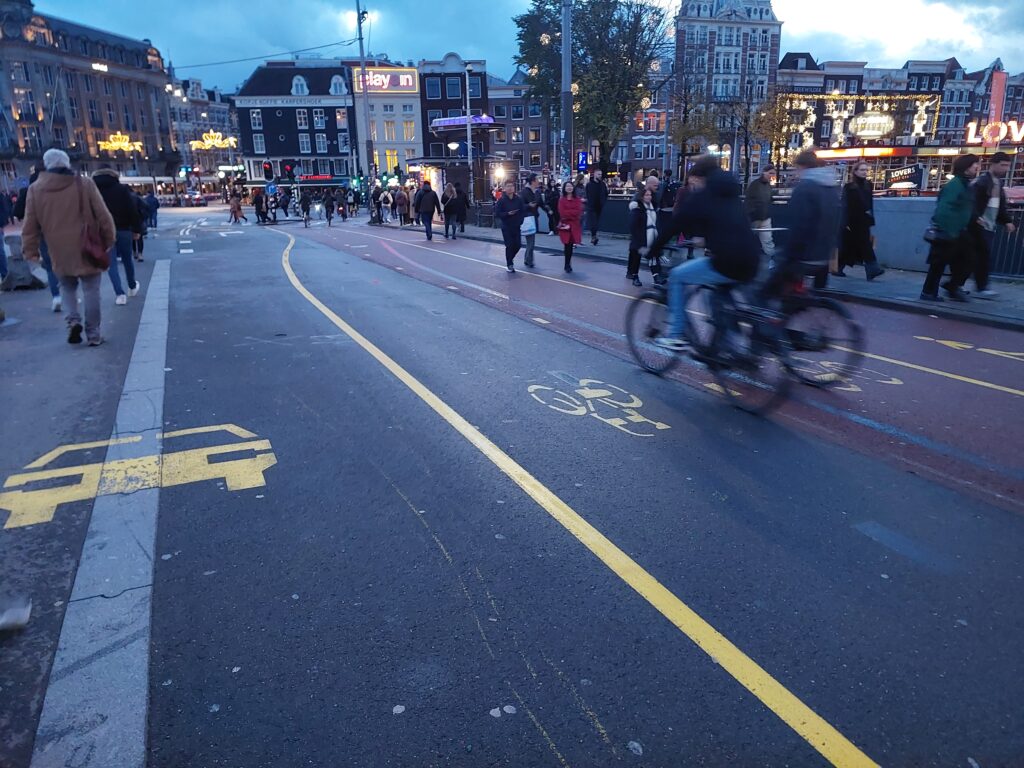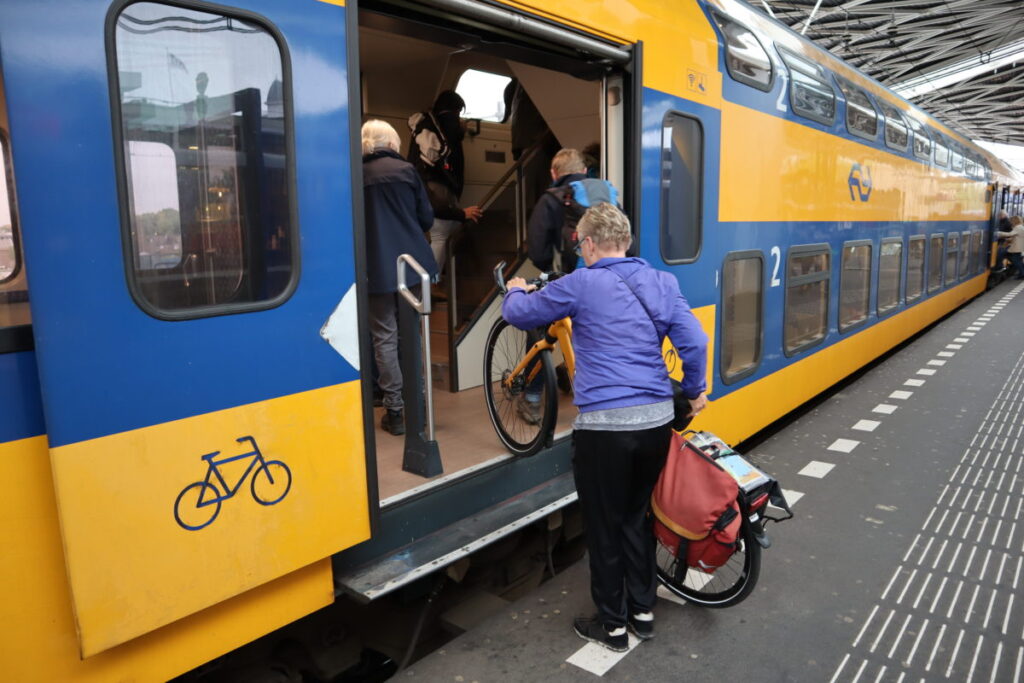Written by Lauren Ghidotti
While Mayor Hidalgo’s comprehensive plans, financial investments, and political commitment steer Paris towards becoming a cycling city, it is essential not to overlook the equally significant rise of cycling as a social movement.
Paris’ streets are currently undergoing a remarkable transformation, spearheaded by Mayor Anne Hidalgo’s commitment to enhancing the city’s quality of life. The transformation consists of reducing noise and pollution by removing space for the automobile, planting more trees, making school streets safer for children, and most most notably – adding significant cycling infrastructure. Hidalgo’s ambitious vision aims to make 100% of streets cyclable by 2026, with a substantial investment of 250 million euros over six years, resulting in the development of over 1000 kilometers of safe cycle paths . The impact is obvious – if you’re in Paris, you’ll visibly see more and more cyclists on the streets everyday. But if you aren’t in Paris, take a look at the numbers. October 2023 recorded twice as many cyclists as the same month in 2022 . On some roads, rush hour now sees more cyclists than cars, signaling a change in the transportation behaviors of Parisians.
Urban Cycling Institutes’ executive director, Meredith Glaser, will tell you that to build a cycling city, you need several things: separated cycling paths, automobile traffic calming, a connected cycle path network, but most importantly – you need to have a cycling culture. Paris definitely is on its way to becoming a cycling city as it checks the first three boxes, but does it have a cycling culture yet?
Group Rides
In bicycle road racing, a group ride is called the peloton, and the intention is to save certain energy by riding closely. For this blog post, however, group rides represent any type of bike ride in which a group of cyclists ride together in a coordinated fashion for the purpose of community, joy, and safety. The following three examples of group rides in Paris illustrate one way that cycling represents a social movement. This particular social movement shows how Parisians are joining together to take back their streets from cars and transform the city into a city for cyclists.
For the past 15 years, the cycling association Mieux se Déplacer à Bicyclette has hosted La Convergence, a festive event that unites thousands of cyclists from across Ile de France. This annual event involves cycling from your neighborhood to Invalides in Paris. Each region of Ile de France is represented by coordinating flag and shirt colors, creating a visual statement of unity for cycling. Beyond its mission to promote cycling as a means of transport, La Convergence serves as an enjoyable yearly activity fostering connections among neighbors and community members who share a passion for cycling.

Okami Riding is a cycling group formed naturally when a group of friends would ride together in Paris and felt a connection to the cyclists they would pass in the streets. “We started inviting five people, then ten, then twenty. Very quickly, there were more than a hundred of us, we didn’t understand what was happening, it was crazy!”. Now, each Thursday night at Bastille, a diverse group of amateurs, serious cyclists, teenagers, families, seniors, come together to cycle 20 km on the streets of Paris. With numbers in the hundreds, it is a site that draws attention from other people in the city, and gets respect from motorists. “During the rides, motorists are impressed, so they respect us, and together we learn to share the road”. This group brings solidarity for its members and each week, friendships, professional relationships, and social exchanges take place.

Girls on Wheels is a cycling social group that was formed as a place for females to learn and be comfortable cycling in Paris. This group, with more than 1800 members on their Facebook page, gathers every Wednesday for a ride through Paris. Riding in a group encourages new cyclists that it is possible to go to work and other activities by bike. Member Lea said that the group “allows you to meet people beyond your family and job, and with cycling you form bonds very quickly”.

Conclusion
While Mayor Hidalgo’s comprehensive plans, financial investments, and political commitment steer Paris towards becoming a cycling city, it is essential not to overlook the equally significant rise of cycling as a social movement. La Convergence, Okami Riding, and Girls on Wheels exemplify the transformative power of community and group rides in encouraging more Parisians to embrace cycling. These initiatives go beyond mere transportation; they signify a shift in the city’s cultural fabric. The groups showcase not only the potential for change in transportation habits but also highlight that cycling is more than just a mode of transportation – it’s a vibrant and supportive community.
If you want to read more about cycling activism, read our review of the book “Cycling Activism” by Peter Cox, which looks at cycling practice and cycling activism through the lens of social movement theory.



